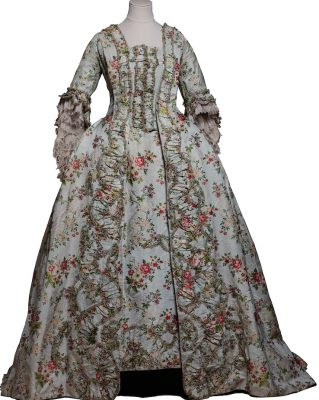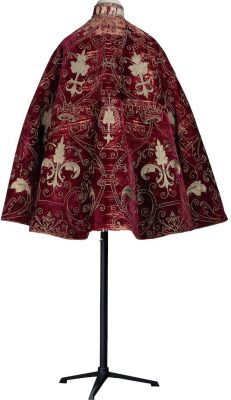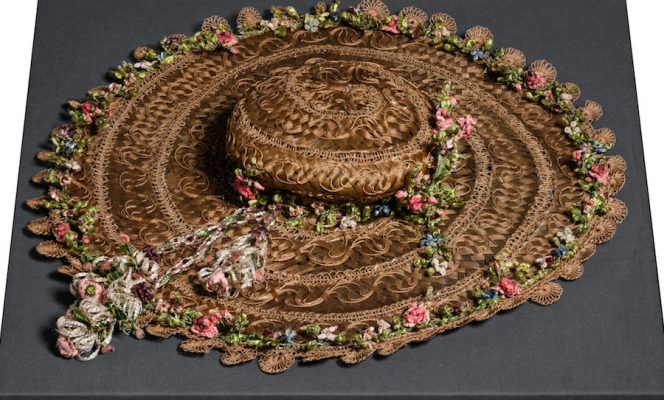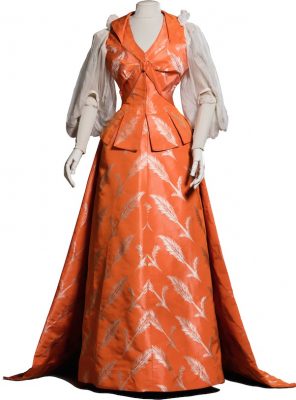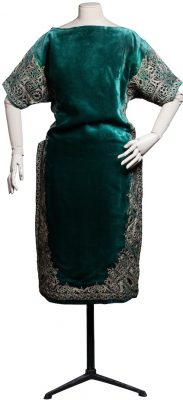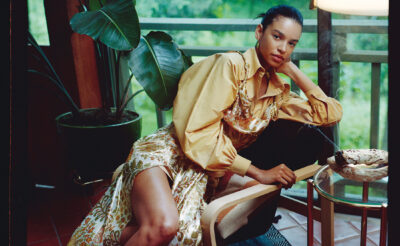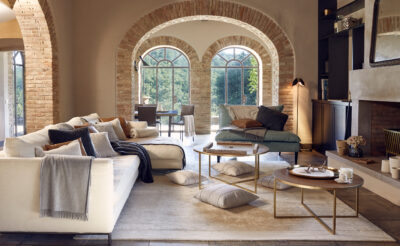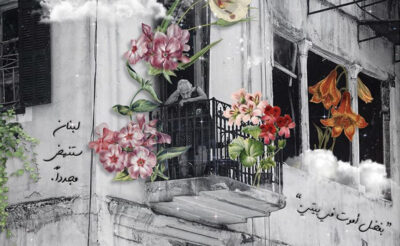Backed by its 17 years of experience and expertise, La Vallée Village (France’s open-air shopping destination located 40 minutes from Paris) seeks to highlight the history of fashion through a one-of-a-kind event, Style as Heritage.
For years, the destination has offered style enthusiasts with exceptional pieces selected by the most prestigious international fashion houses worldwide (120 in total).
Style as Heritage is linked to the village’s support of the restoration of historic and iconic masterpieces at the Museum of Decorative Arts in the country’s capital. MOJEH speaks to Emmanuelle Garcin, restoration atelier, who restored five exceptional pieces of clothing for the event.
Tell us about your relationship with the Museum of Decorative Arts in Paris, as well as La Vallée Village.
I’m a textile restorer, in charge of the conservation and restoration of the textile and fashion collections of the Museum of Decorative Arts, and have been for the last four years. The Museum of Decorative Arts is one of the rare French museums that have their own restoration workshops and in-house restorers.
At the beginning, La Vallée Village expressed the desire to finance substantial restoration projects without necessarily being associated with an exhibition project. This is a relatively rare request, which enabled us to conduct large-scale works as well as extensive restorative research that we could not have normally financed in the context of a temporary exhibition, as the amount of pieces to be treated and restored is considerable.
Tell us your exhibition highlight.
For me, the interesting part of this project is that we have been able to ideally reconcile the museum’s often-conflicting double mission: preserving heritage and restoration.
For this project, the conservation of these iconic pieces, which were so badly deteriorated and fragile that we actually wondered if they could ever be exhibited, were saved by technical procedures that were either complex, original or long-term. I call this type of treatment work ‘fundamental or lasting conservation’ as opposed to more quick-fix treatments, which mean that we have to work on them again for each new exhibition, as these techniques are just short-term solutions.
How has your background prepared you for contributing to a project such as this?
Coming from a family of historians, any form of memory preservation has always been important to me, and the association of technical and scientific skills of the restorer’s trade is exciting.
In France, restorers are meticulously trained over five years in the technical subjects (chemistry, physics, art history). I have always liked costumes and fashion because they tell a delicate story of our society: that of the body, of intimacy, of what is hidden and of what is visible. We can read all of these traces on old clothes.
But if closely observed, the outfit also speaks of economic, political and social history.
What do you think Style as Heritage achieves and brings the fashion world (and the younger generation) that hasn’t been seen previously?
The notion of time! In a world where everything goes very fast, and even faster, it is always a defining and humbling experience to become aware of the relativity of time.
Seeing pieces that have survived the centuries, that required hundreds of hours of work to be exhibited again, to realise that despite this, they remain so fragile, unique and not eternal. These are our new vanities…
La Vallée Village will revive its fashion heritage by uniting the power of style with the present until 31 October.

